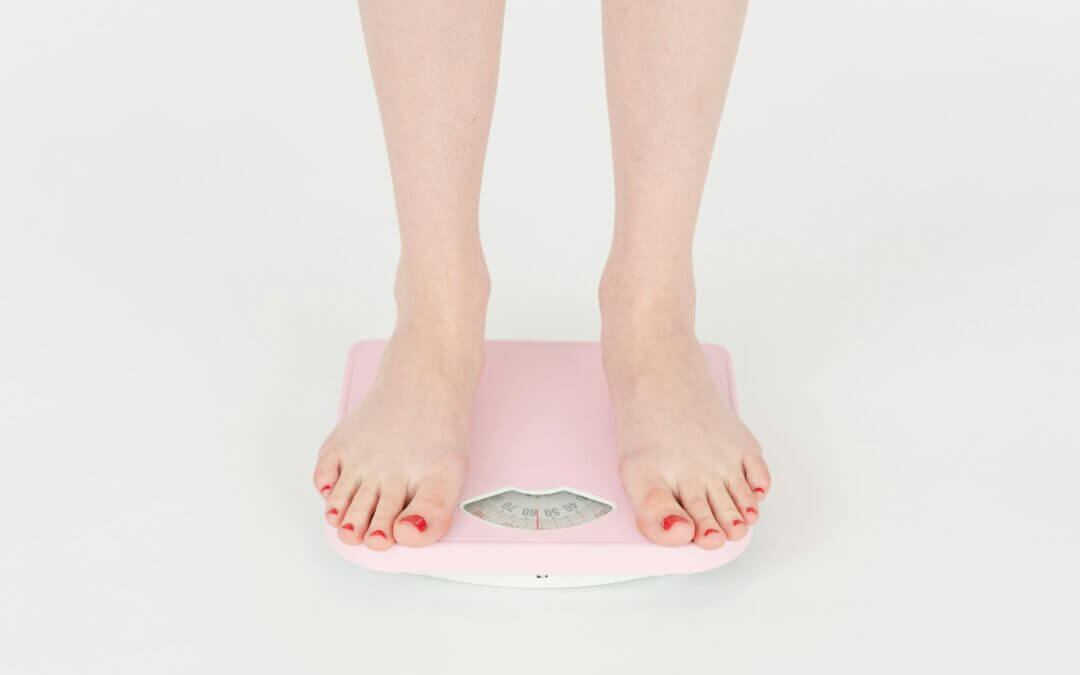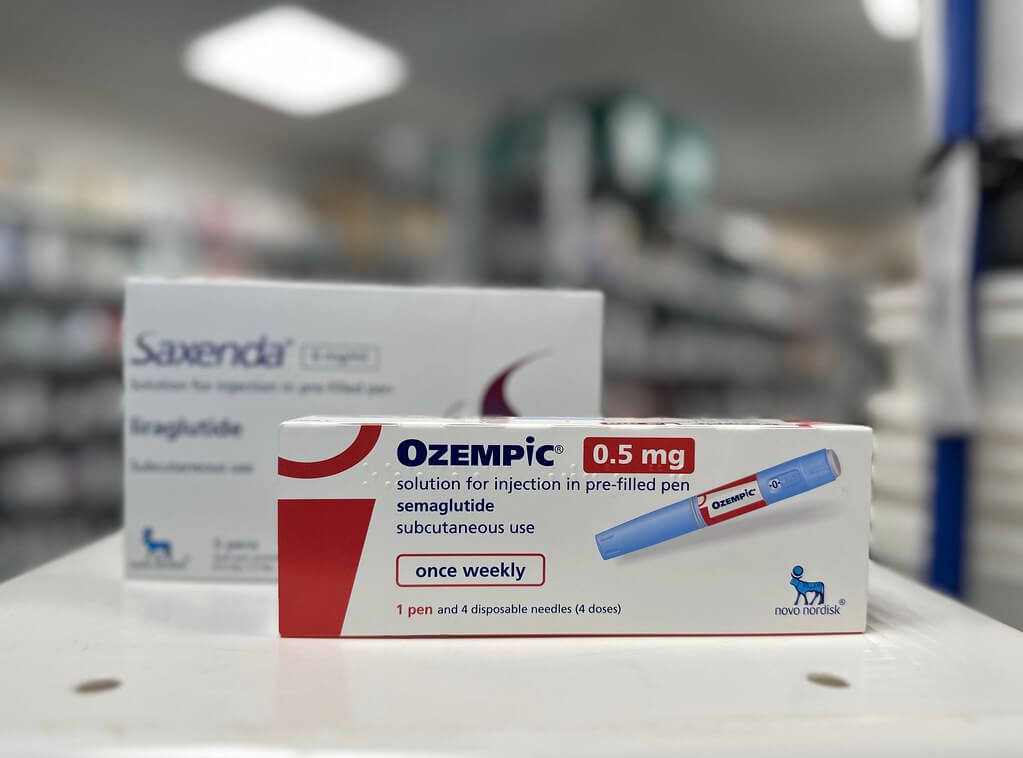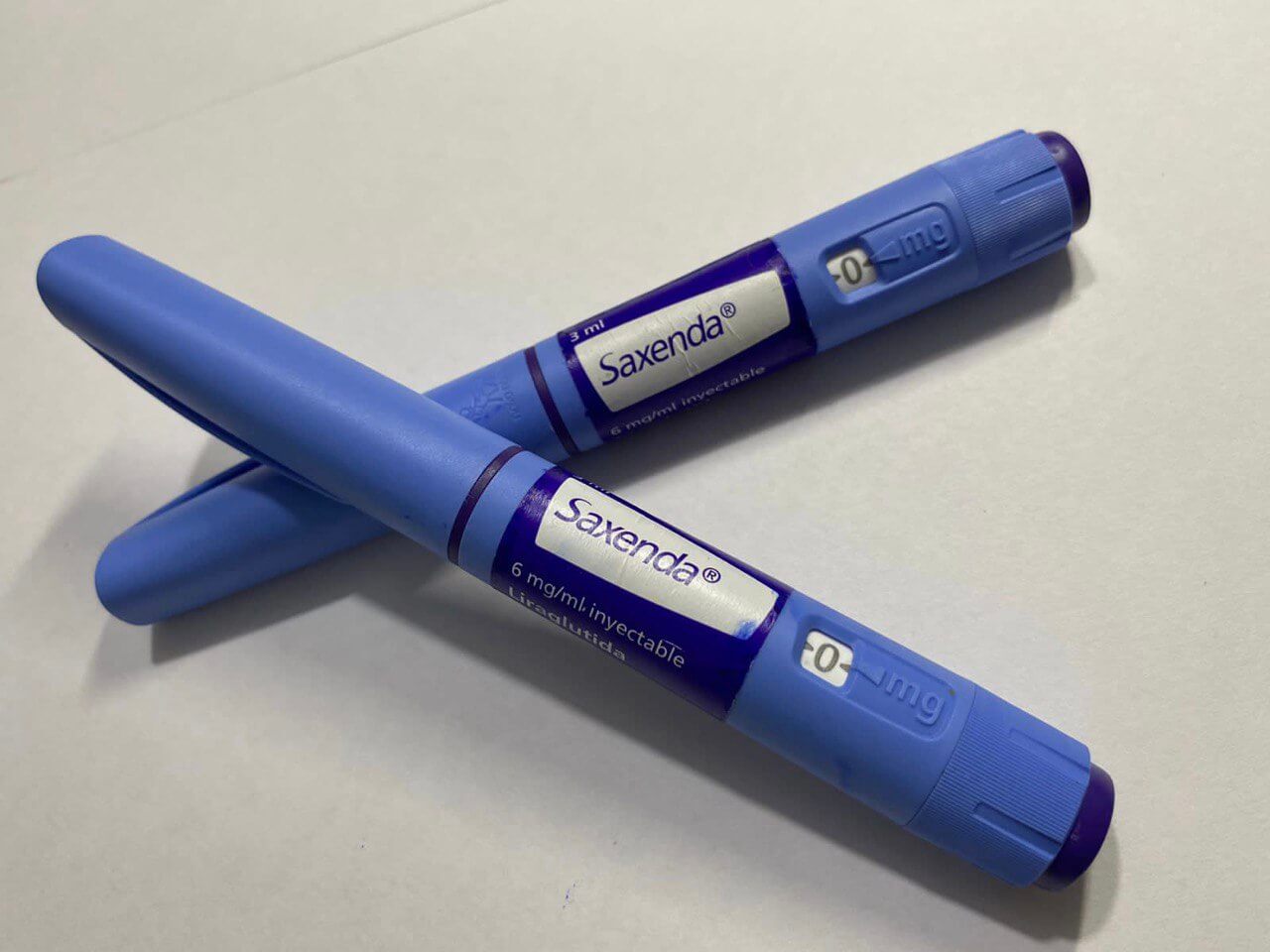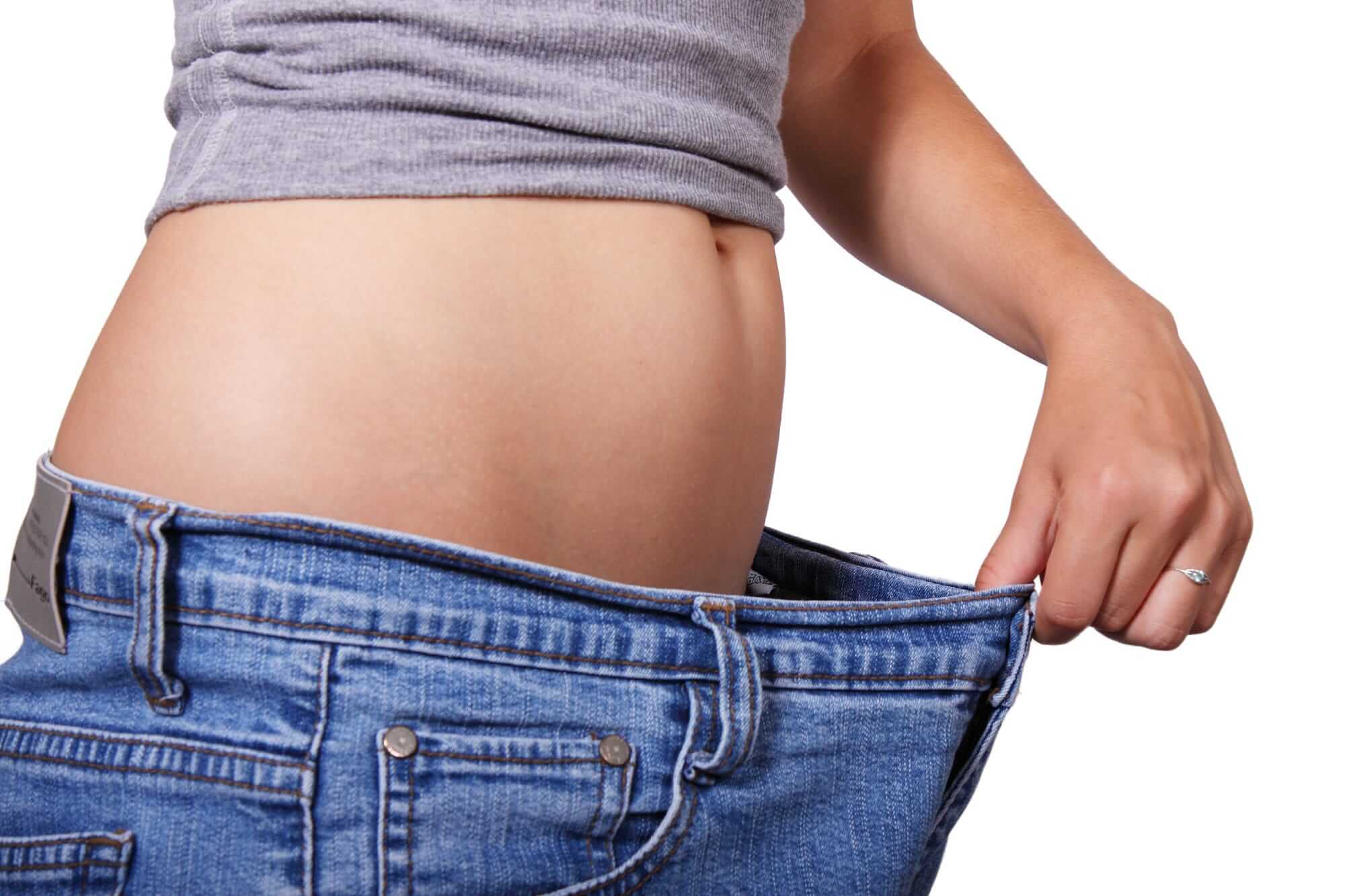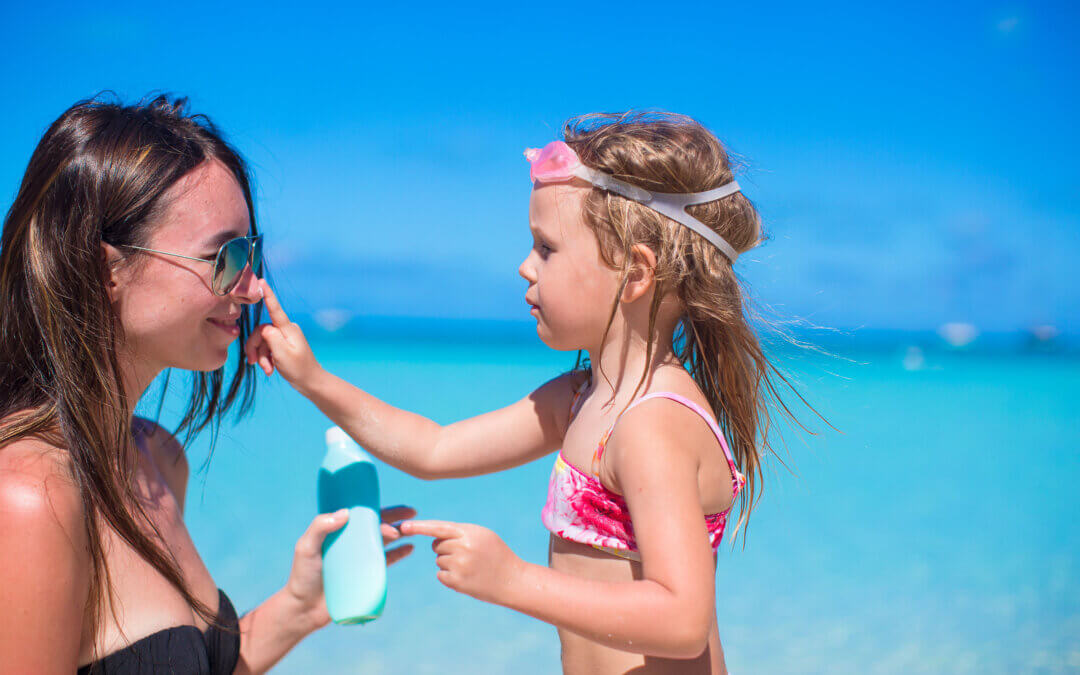by Anthony Stafford
March begins National Nutrition Month, and what better way to kick things off, than with Kori Krill Oil and helpful information from Nutritionist Rania Batayneh, MPH? For many who began 2022 on a health kick, experiences have ranged from effortless to completely off the rails, but Kori Krill Oil can help everyone with the least effort.
Even with the growing trend of diet-conscious people today, nutrition deficiencies are still rampant in the United States, with a whopping 70% of the U.S. population deficient in omega-3’s — a key nutrient for heart health.
With just one serving of superior Omega-3 supplement Kori Krill Oil ($19.99), 250 grams of EPA and DHA Omega-3 fatty acids are provided to your body – the equivalent of the same amount of Omega-3s that you’d get from eating 2 servings of fish per week (recommended by U.S. dietary guidelines). As Kori Krill Oil provides Omega-3 in its most natural phospholipid form, distribution is superior and converts directly into cells and organs.
Read on for key pointers in our Q&A with Nutritionist Rania Batayneh, MPH, and no matter where you are in your health journey, get started making sure you’re not deficient in Omega-3’s!
Q&A With Nutritionist Rania Batayneh:
Q: Can you please share some info with our readers about your background as a nutritionist and how you got started?
In 2001, I obtained my master’s degree in nutrition from the University of Michigan School of Public Health. I started my career in San Francisco in 2001 with a focus on developing strategies to help my clients optimize their health and wellness, which results in long term weight loss. My first book, The One One One Diet is a #1 Amazon bestseller and has changed the lives of so many men and women.
Q: During this time with health and wellness interest booming, what is one of the biggest nutritional myths or misconceptions?
I think one of the biggest misconceptions is that only older generations should be worried about how nutrition can play a huge role in overall health. For example, the CDC recommends that the younger generations should also stay vigilant with their heart health too. In fact, heart disease affects 1 in 10 Americans between 20 to 39 years old. Diet and nutrition play a critical role in improving heart health, and omegas are a superfood that can not be overlooked.
Q: Can you tell us what in its formula makes Kori Krill Oil so special, and why it stands out from other comparable alternatives, like cod liver oil and salmon oil supplements?
Krill Oil, specifically Kori, the superior Omega-3 supplement really stands out compared to other fish oils on the market. Kori truly is an Omega-3 Superfood. Antioxidant powered for 6+ benefits including heart, brain, joint, eye, skin and immune health with superior absorption versus fish oils.
Kori Krill Oil Omega-3s are in phospholipid form, which supports Omega-3 distribution throughout the body and delivery to the body’s cells. Since krill oil Omega-3s are in a phospholipid form (their most natural form) that blends easily in our stomachs, you do not get that fishy aftertaste or fishy burps.
Q: Just from a nutritional standpoint, what are some of the highlights that Kori offers, and how do they help the body?
Like fish oil, krill oil contains DHA and EPA. However, krill oil contains the essential nutrient choline which supports brain and nervous system health, and the antioxidant astaxanthin. Fish oil doesn’t have these.
Not all Omega-3 supplements are the same and there are many important differences between krill oil and other Omega-3 supplements, like fish oil that make Krill Oil the superior Omega-3 superfood source. Some key differences include:
Kori Krill Oil naturally has more nutrients and comes in their most natural form for even more health benefits vs. traditional omega-3 sources.
Kori Krill Oil is the most natural Omega-3 form whose antioxidant power supports heart, brain, joint, eye, skin and immune health with superior absorption versus fish oils.
Superfoods are not only packed with nutrients, but they are clean by nature. Kori Krill Oil is naturally non-gmo, which means no artificial flavors, colors & preservatives are needed.
Q: 70% of the U.S. population is deficient in Omega-3’s. What are some health issues that can arise over time due to a lack of sufficient Omega-3’s?
Omegas are always top of mind (literally and figuratively!). Consumers are embracing Omega-3s as they are critical for our brain, eye, skin, heart, join, and immune health. Salmon (or a healthy fish diet) is one of the most recognized superfoods out there, because its Omega-3 EPA & DHA nutrients are essential fatty acids our bodies need. The American Heart Association recommends that you consume 2 servings of fish/week. But >70% of Americans aren’t eating enough of a healthy fish diet, resulting in too low Omega-3 levels.
A more “superficial” example is one of which impacts your skin. The term “Inflammaging” is a meld of the words “inflammation” and “aging,” and lends itself to the concept that inflammation leads to quick aging of the skin. If you are not eating 2 servings of fatty fish each week, it is quite likely that you are deficient in omega-3s which are essential fatty acids. While we can’t take a look inside our bodies, what we see can be a reflection of a deficiency. When our diets are deficient in fatty acids, you may start to experience dry skin. Reason being: Omega-3 fatty acids are important in keeping our skin hydrated and strong. Supplementing with a product that in its natural form — like Kori Krill Oil — can make an impact on your skin.
Are there any final points you’d like to stress about the importance of implementing Kori Krill Oil and Omega-3’s into regular daily intake?
If your diet is lacking in omegas, my recommendation for an added source of Omega-3s is Kori Krill Oil which offers Omega-3s in its most natural form, closest to eating a healthy fish diet. Think of it this way, a supplement should supplement your diet. Sounds simple, right? When you look at your diet (meaning what you eat, not what you shouldn’t eat!) are you getting the essentials? One of which are your Omega 3 fatty acids. To find out, ask yourself this question, “Am I eating 2 servings of fish each week?” If the answer is no, then a supplement is a good idea. Not only do Omega-3s help with our brain health, they are also powerful antioxidants which help support our eye, skin, heart, joint, and immune health.
Some supplements target only one part of your health-your hair, your eyes, your skin, but what if there was one that helped with all of them. KORI is the one supplement your entire body can benefit from-head to toe. What’s more, research suggests that omega-3s from krill oil are superior to fish oil in raising Omega-3 levels in the body.






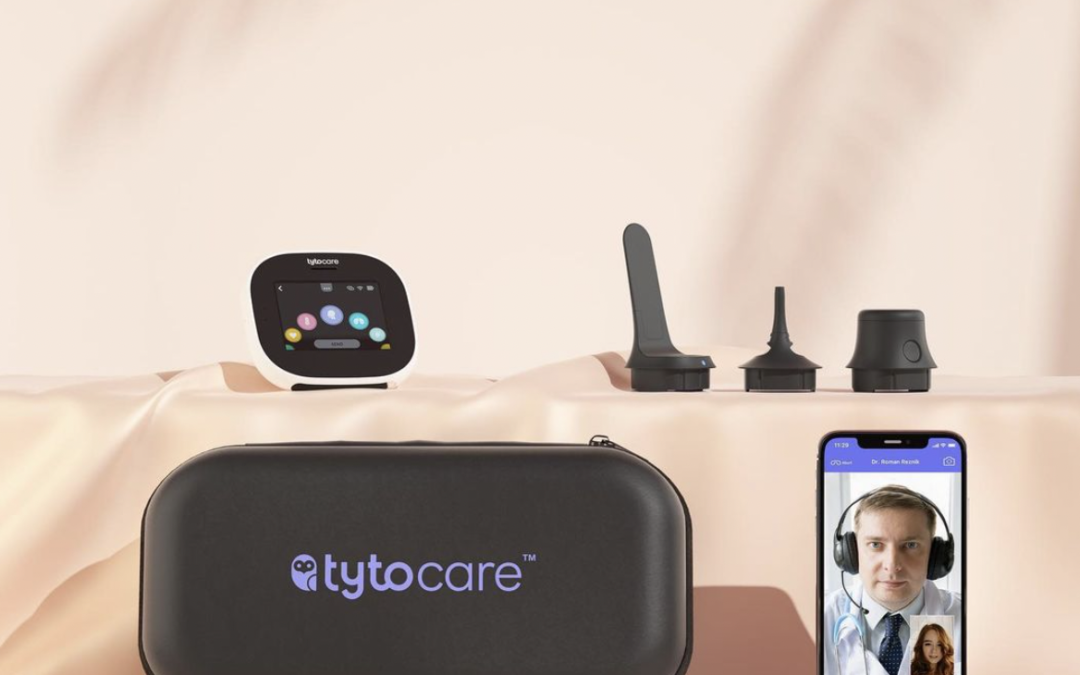
by Dennis Richardson
In the post-pandemic age, we have seen the telemedicine industry really take off, and that’s with thanks to brands like TytoCare.
TytoCare, the at-home, hand-held digital exam kit, is a hybrid approach to telemedicine, featuring a palm-sized, hand-held exam camera and attachments (like a stethoscope or tongue compressor) to stream a patient’s real-time symptoms, to the clinician on the other side of the screen. Meant for guided use by a board-certified clinician, during a 1:1 virtual appointment, the TytoCare system gives patients the tools to help remote medical professionals see symptoms, as if it were IRL (in real life).
In addition, TytoCare is offering $100 off on BestBuy (no code needed), and on the TytoCare website all through November with code CYBER100 and all through December with code HOLIDAY100. In a world currently led by advanced technology, don’t miss the opportunity to bring your healthcare into the future.






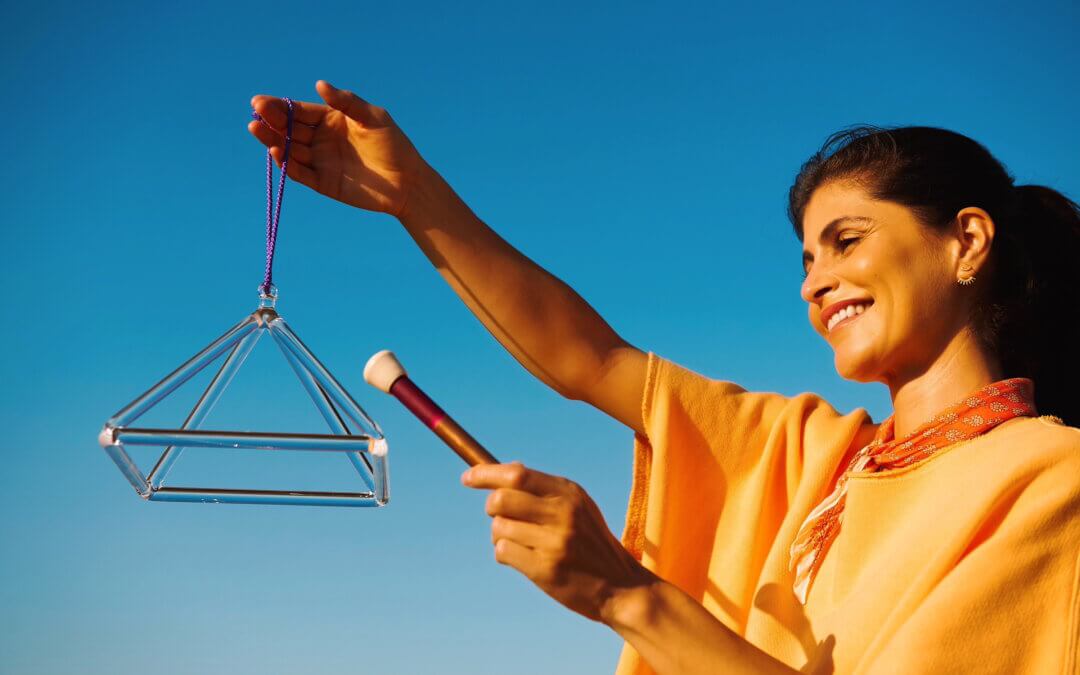
by Niki Smart
I‘m sure we can all agree that 2020 & 2021 have been difficult. What made it a little easier for me was stumbling upon Ana Lilia’s online breathwork class. During lockdown, Ana’s Saturday morning class became the highlight of my week. Sometimes, Ana starts her class 10 minutes early, with an uplifting, freestyle dance session, and the moment I see her lovely, smiling face appear on my screen, I feel better. And the music! Ana’s thoughtful playlist is somehow always spot on. In fact, I get so much out of her class, that I asked if I could interview her for SoCal Magazine so that our readers can benefit from Ana‘s healing, too. Here is Ana Lilia‘s insight into breathwork and I highly recommend you give her class a try—you won’t regret it.
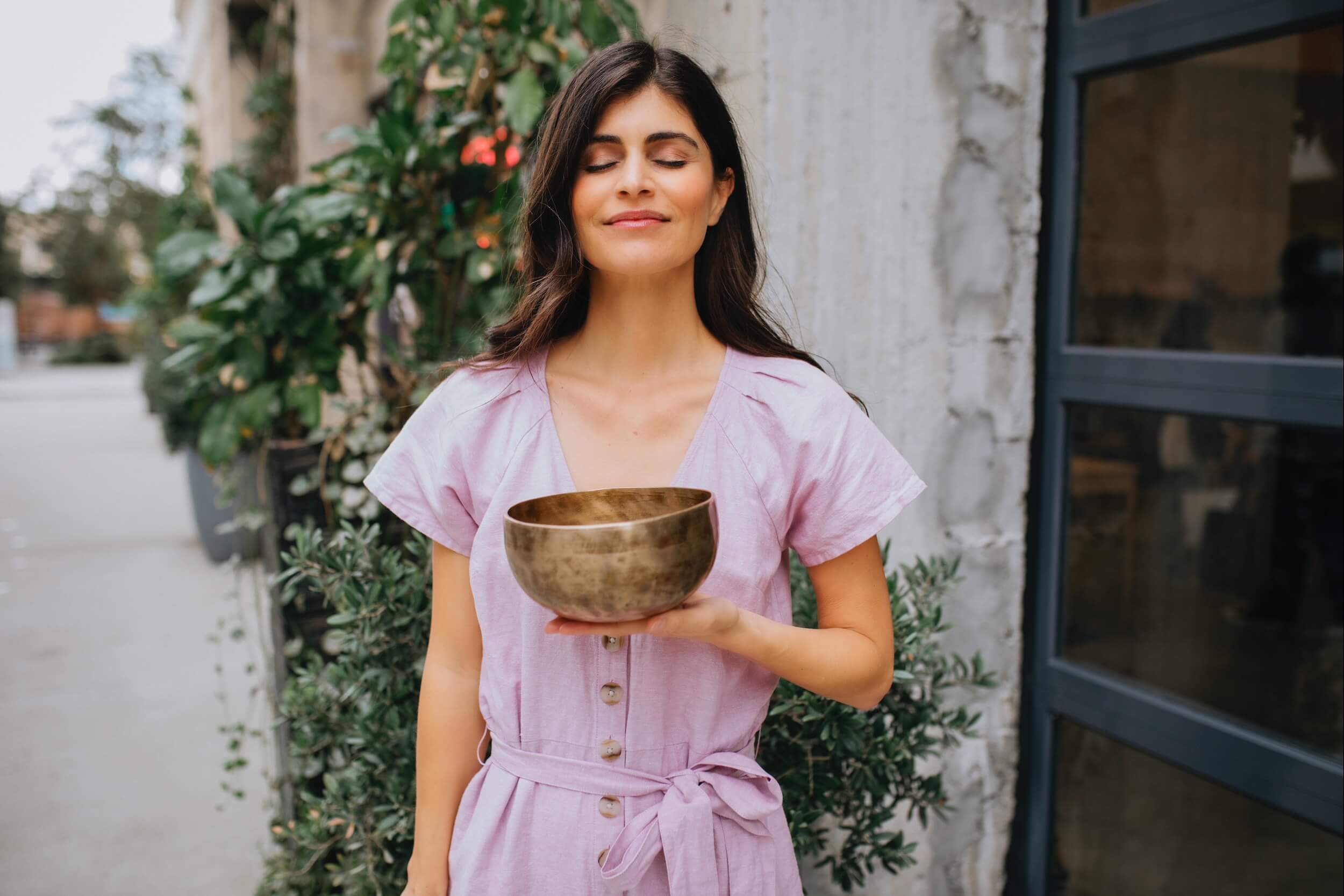
1. Why did you start doing breathwork and how long have you been doing it?
I came across a breathwork class 6 years ago during a time in my life where I was depressed, my anxiety was at an all time high and I was feeling lost. I attended a breathwork class, not knowing what it was. During the class, we focused on active breathing for 30 minutes. My body responded in ways I didn’t expect. Not only did my hands cramp up — I started crying. It was so strange to me because I’d never had that kind of reaction before. But it was just the kind of release that I needed. In what felt like an instant of clarity, everything looked and felt different to me. The world felt brighter and lighter. I felt more alive than I’d felt in a long time. Most importantly, I was filled with a sense of empowerment that hasn’t left me since. From that moment on, I knew that breathwork was going to save my life. Shortly after, I decided that I wanted to learn how to facilitate a breathwork session and introduce it to as many people as possible who live with anxiety and depression. I want the world to know about how powerful, transformative and healing breathwork is.
2. What is breathwork?
Breathwork is an active form of meditation where you manipulate your breath to change the way you feel. There are many different types of breathing techniques. And yes, our body knows how to breathe naturally, but a lot of times we aren’t breathing properly. This can create an imbalance in the oxygen and carbon dioxide exchange. That imbalance can contribute to anxiety, panic attacks, and fatigue. Have you noticed that when you’re anxious, you tend to take shallow, rapid breaths from your chest, and you may even start to hyperventilate? This increases your heart rate and creates muscle tension. Your sympathetic nervous system becomes activated, and there is a surge of adrenaline and cortisol alerting your body that it needs to protect itself.
The breathing technique I use is a two stage pranayama breathing pattern. You take a first inhale from your diaphragm, a second from your chest and then you exhale. It’s a circular breathing technique, where as soon as you exhale, you inhale right away. This breathing practice can help you release tension from your body, clear your mind, and you can also have a deep healing session. Breathwork helps you feel more in control of your emotions and grounded as we navigate these stressful times.
One of my specialities is working with people who suffer from anxiety. Many of my clients would share with me that they have panic attacks often or they have been suffering from anxiety for a long time. I created a program with guided breathing meditations to help them manage their anxiety. The biggest thing I help them with is getting to the core of why they are stressed out. This awareness gives them the power to respond instead of reactivating whey they are getting triggered. They feel like they are in control of their life again. And have practical tools they can use when they are feeling stressed out.
3. Can anyone join your breathwork classes?
Yes! Everyone is welcomed in my breathwork classes. I created
Community Gathering right at the start of the pandemic as a way to support my community through the fear and anxiety we were all experiencing due to Covid-19. The isolation was very triggering to many people, and having a safe place where we could meet virtually became something they could look forward to and be reminded that they are not alone in how they feel. Several people have told me that Community Gathering literally saved their life during the pandemic. It’s a diverse community where people from all over the world join to breathe. We have teenagers who breathe with their parents, our oldest community member is in her 90s and we have everything else in between.
4. How much is it?
As a way to make it accessible to most people, Community Gathering is a sliding scale ticket starting at $10 – $35.
5. How does music play into your class?
Music is a HUGE part of my breathwork classes. My playlists are intended to take my clients on a journey. Every song that I pick tells a story with the lyrics that will resonate with my clients. The song may have them remember an experience or it might encourage an emotion to express more easily. I let my intuition create the playlist. I tap into the energy of my client or the group, and know instinctively if the song is right or wrong for the group or the person. And sometimes, we move so much energy before we go into the active breathing that I’m playing DJ on the spot to better support them while they are breathing. You can find hundreds of my breathwork playlists on my Spotify and Apple Music profiles.
6. What experiences have your clients shared with you that touched you the most?
My clients have had deep transformational healings. After a short amount of time working with me they unpack trauma, disappointments, anxiety and other stressors. They are left feeling refreshed, renewed and empowered. And by doing this deep healing work, it also helps them manifest and get aligned with their goals. My clients have manifested their dream homes, new jobs, launched business, attracted a partner…and this is because they are more confident, they know their worth and are open to receive.
7. What is the most common reaction people have when doing your class?
They can’t believe how different they feel after breathing. The tension their body was holding onto is gone. They gain clarity on why they were stressed. It helps them gain awareness about their thoughts and how it affects their anxiety and overwhelm. That awareness helps them feel back in control. and they know they can change the way they feel by connecting with their breath.
8. What do you have coming up next?
I’m hosting a Fall Retreat the first weekend of November in Los Angeles. I also started hosting monthly in-person events at the beach. To learn more about my offerings you can visit my website www.analilia.net. If you are interested in meditations to help you manage anxiety you can find my 7-day program at www.feelcalmtoday.com And I’m also on Instagram @_ana_lilia






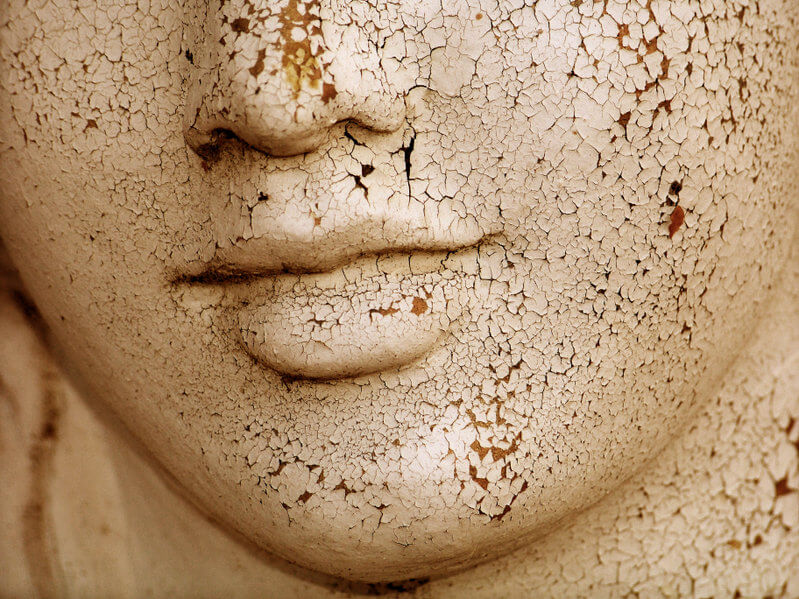
by Mia Barnes
6 Expert Ways to Protect Your Skin From Scarring, Injury and Blemishes
With the warm season here, you bare more skin. However, you want to keep your appearance glowing and blemish-free any time of year.
Your skin is your body’s largest organ, and many things can damage it. Here are six expert ways to protect your skin from scarring, injury and blemishes.
1. Leave New Pimples Alone
While sitting in your 8 a.m. chemistry class, you notice a bump on your chin that feels like a fresh blackhead. Your tendencies might scream, “pick at me!” Please try not to yield to the temptation. Picking at your skin can introduce new dirt and germs into pores, making existing acne worse. Trying to pop a newly erupted pimple can push bacteria and oil deeper into the infected pore, increasing swelling, pressure and redness. Icing such spots can reduce swelling and redness until they reach the point where you can perform an extraction.
2. But Treat Injuries Quickly
The old cliché may advise you to never trust a man who has no scars — but the originator of this saying spoke metaphorically. In reality, you want to practice proper wound care to prevent scarring.
If you get a cut or a burn, your first order of business is to thoroughly clean the wound to remove any debris. You also need to cool burns before applying any ointments that might seal heat inside your skin. Once you’ve cleansed and cooled the area, apply a dab of petroleum jelly to the affected area to keep the wound from drying out and forming a scab. You can also use silicone or hydrogel sheets for larger wounds.
Bruises fade in time, but they can distress you if you end up sporting purple and green blotches that contrast with your sleeveless pink bridesmaid’s gown at a summer wedding. Icing your bruise immediately after the bump occurs can help minimize discoloration. Please ensure that you use a fabric bugger between the ice pack and your skin to avoid making matters worse.
3. Use the Right Tool
Take heart, perfect skin seekers. You can still enjoy the gross-yet-satisfying sensation of popping your pimples if you wait until the right time and use the correct instrument.
It’s best if you use self-care techniques after a seasoned professional shows you the ropes. However, let’s keep it real — not everyone has the money for a dermatologist. You can buy comedone extractors such as those recommended by Dr. Pimple Popper and find instructional videos online if you can’t afford a trip.
4. Or Call a Professional
If you have the means, please see a professional for the best advice on protecting your skin from scarring, injuries and blemishes. Please don’t think this advice implies that you can’t learn how to take care of your skin at home.
However, your dermatologist can help you considerably in this endeavor by identifying your skin type and recommending products ideal for your unique DNA. You could potentially save money by not wasting countless pennies here and there trying various products that may work for others, but not you.
5. Wear Sunscreen
If you haven’t started wearing sunscreen each day yet, please get into the habit. Even if you adopt the mindset of, “early humans didn’t wear protection, and they survived” keep in mind that things have changed. Climate change means humans now experience more ground-level UVA radiation than past generations.
If you eschew commercial sunscreens because of the chemicals some brands contain, you can make DIY protection. All you need is some powdered zinc oxide and a carrier base that works well for your skin type. Coconut oil works wonders for dry skin, while argan oil won’t clog acne-prone pores.
6. Nourish Your Skin
Even if you try to be careful, you will eventually suffer life’s bumps and bruises. When you do, your body will heal itself — and recovery will go more quickly if you provide it with the right building blocks for doing so.
If you don’t follow a vegan diet, try to consume more fatty fish for the omega-3 fatty acids and vitamin E. The omega-3’s reduce redness and inflammation from pimples, while vitamin E protects against damaging free radicals. Plant-based foods such as walnuts, sweet potatoes and red and yellow bell peppers likewise contain various antioxidants that help protect your skin cells from further damage and provide the materials they need to heal.
Protect Your Skin From Scarring, Injuries and Blemishes
Looking your best means taking care of your body’s largest organ. Protect your skin from scarring, injuries and blemishes to give it the best chance at longevity.






